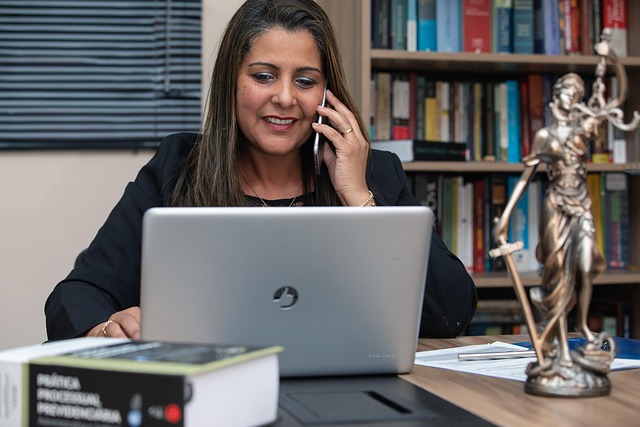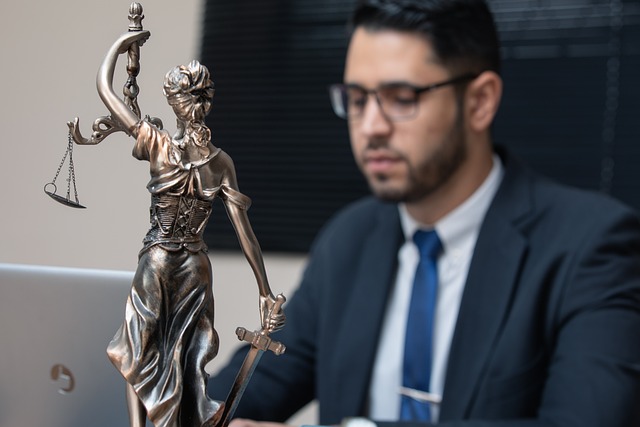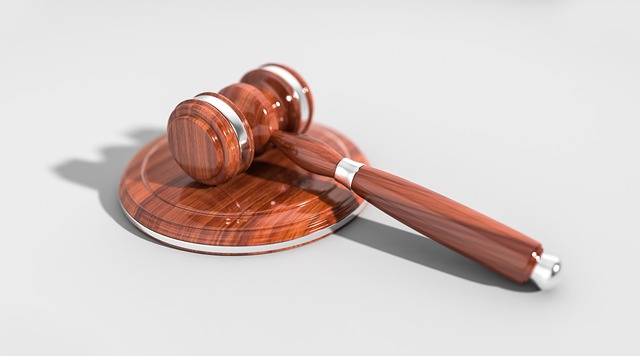Injury mediation is a collaborative, alternative dispute resolution method for complex personal injury cases, utilizing a neutral mediator to facilitate open communication and interest-based negotiation between parties, leading to creative solutions and fair settlements outside of court, saving time, money, and emotional strain.
Injury mediation sessions play a crucial role in resolving legal disputes related to personal injuries. This article delves into the intricate world of negotiation tactics employed during these pivotal meetings. We begin by unraveling the processes of injury mediation, followed by an exploration of common strategic moves. Additionally, we emphasize effective communication as a key component for successful outcomes. By understanding these tactics, individuals can navigate injury mediation with confidence, aiming to secure favorable resolutions.
- Understanding Injury Mediation Processes
- Common Tactical Strategies Employed
- Effective Communication During Sessions
Understanding Injury Mediation Processes

Injury mediation is a structured process designed to facilitate negotiations between parties involved in personal injury cases, especially complex or high-stakes ones. Unlike adversarial legal proceedings, this alternative dispute resolution (ADR) method encourages collaboration and mutual agreement. The goal is to reach a fair settlement outside of court, potentially saving time, money, and emotional strain for all individuals involved, including victims of elder abuse or those dealing with property damage claims.
During mediation sessions, a neutral third-party mediator assists the parties in communicating effectively and exploring various options. This is particularly beneficial when negotiating with insurance companies or opposing truck accident attorneys. The mediator creates an environment where open dialogue is encouraged, allowing each side to express their needs, concerns, and interests. By understanding the underlying dynamics of injury mediation, participants can better prepare and employ strategic negotiation tactics to achieve desired outcomes.
Common Tactical Strategies Employed

Injury mediation sessions often involve a strategic dance between parties aiming to resolve differences. Common tactical strategies employed include building rapport and trust, where facilitators create an open and collaborative environment to encourage honest communication. This initial step is crucial as it sets the tone for the rest of the negotiation process, fostering an atmosphere conducive to mutually beneficial agreements.
Another frequently used tactic in injury mediation is focusing on interests rather than positions. While representing clients from diverse backgrounds such as nursing home neglect victims or individuals seeking compensation for auto accidents, mediators guide discussions toward understanding underlying needs and concerns. By shifting the conversation from rigid stances to shared goals, mediators facilitate creative solutions that address core issues, often leading to more satisfactory outcomes for all parties involved in contract disputes or personal injury cases.
Effective Communication During Sessions

Effective communication is a cornerstone of successful injury mediation sessions. Mediators must facilitate open and honest dialogue between all parties involved, ensuring everyone has a chance to express their concerns and interests. This two-way exchange allows for a deeper understanding of the issues at hand, fostering an environment conducive to collaborative problem-solving. During these discussions, it’s crucial to listen actively, clarify points, and paraphrase statements to ensure mutual comprehension.
In the context of personal injury claims stemming from defective products or auto accidents, effective communication can significantly impact settlement outcomes. An auto accident lawyer, for instance, might employ strategic questioning techniques to uncover relevant details while also conveying their client’s needs and rights clearly. This nuanced approach not only helps in navigating complex legal scenarios but also promotes a more efficient mediation process, ultimately leading to potentially better resolutions for all parties.
Injury mediation sessions are complex, requiring a strategic approach for successful outcomes. By understanding the processes and employing effective communication tactics, participants can navigate these discussions with confidence. This article has explored common negotiation strategies used in injury mediations, emphasizing the importance of clear communication, mutual respect, and a commitment to finding a fair resolution. As you delve into these sessions, remember that mastering negotiation tactics is key to achieving favorable outcomes for all parties involved in injury mediation.






